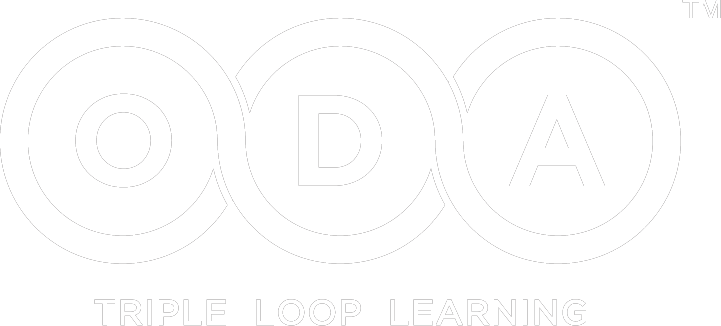Organisational Values – The Hidden Factor
In the last 4 weeks, we received quite a few invitations from multiple organizations across diverse sectors to provide our approach to define/ align values to the organizations’ purpose, mission and values. Does this means there is more interest among organisations to create purpose and values or does not have to do anything with the times that we are in? We wondered.
Why do organisations articulate values? The reasons for this are simple to decipher. Values and behaviours drive culture , Culture drives employee fulfilment , Employee fulfilment drives customer satisfaction and Customer satisfaction drives shareholder value. This might sound very simple. But let’s look at it closely. If you are a senior leader, you know that articulating a strategy, creating a new organisation structure or creating some new processes are not difficult things to do when you have a room full of smart people( or at least they think they are smart and smarter than each other).
But the real challenge is what we call the hidden factor. The underlying personal values, deep rooted organisational culture, the mental models and the mindsets. That’s why the term, culture can eat strategy for breakfast.
And yet, our work in this area in the last 20 years shows that while a lot of organizations invest in defining values, merely the process of defining values does not lead to employee alignment and engagement. Our experience reveals some common mistakes that many organizations tend to make as they embark on this journey:
- Not understanding the difference between organizational value and organizational value proposition: Recently we helped Make My Trip to create new set of values and we found that most organisations have “Customer first” or “Customer satisfaction” in the values statement. However, “customer satisfaction” is not an organizational value. It is the promise of what a customer can expect from using the product and that is a value proposition, not a value. A core value is an idea that guides day-to-day decisions and actions. It’s the pole star of the organization that helps employees to make decisions on the “how” of execution. We need to find out what human personal values will support customer focus. Another way to do this is to articulate that collectively the organisation give emphasis to customer satisfaction. If that’s true, this should get reflected in Organisation strategies and budget.
- Too many values: Value statements define and shape the behaviours that employees demonstrate. Having more than 3 to 5 core values in the value statement, can dilute this intent and end up confusing employees. Our research on organizations with multiple values, shows that in these cases, value statements end up remaining as mere artefacts on the walls and fail to come alive in the minds of employees.
- Not creating operational definitions: Many organizations invest a considerable amount of time in identifying and sharpening the exact words they want to include in the values statement and yet they don’t create an operational definition of the value. The expected behaviours around the value “Integrity” can mean very different things in a financial institution, retail chain, or a back office. Failing to create the operational definition in the specific context of the organization and then converting it into positive and negative behaviours, renders the value statement powerless to shape behaviours.
- Not anchoring the values in day-to-day processes: There is a difference between creating a “value statement” and building a “values-driven organization”. The difference lies in creating alignment. When there is alignment, a visitor could drop into the organization from another planet and infer the values without having to read it on paper.
Your litmus test.
Do you think your organisation will not compromise the articulated values for financial gains and short term results? Do you have such stories ? If yes, then those values are really operationalised.
If you are part of an organization that seeks to use values to align employee behaviours to drive world-class customer experience, here is a checklist for you to think about:
- Do you have clearly articulated values that are contextual, long-term and communicated and understood by all employees?
- If you have defined and contextualised the values for your organization, have you integrated the values in the fabric of your organization, by anchoring these values with day-to-day process? Do employees know which behaviours will be “rewarded” and which ones will be “penalised”? And are these in alignment with your aspired values?
- Have you articulated and helped everyone understand how these values build a culture and create business success?
- While there is a lot of noise around Employee Brand, have you realised that employee brand is an outcome of employees demonstrating specific set of behaviours based on the core organisational values?
We look forward to hearing your experiences of shaping and creating value statements and your views on this topic.
-
Santhosh Babuhttps://www.odalternatives.com/author/santhosh-babu/
-
Santhosh Babuhttps://www.odalternatives.com/author/santhosh-babu/
-
Santhosh Babuhttps://www.odalternatives.com/author/santhosh-babu/
-
Santhosh Babuhttps://www.odalternatives.com/author/santhosh-babu/
-
Prashanthhttps://www.odalternatives.com/author/prashanthorglens-com/
Please click here to download the latest OD PUBLICATION.


